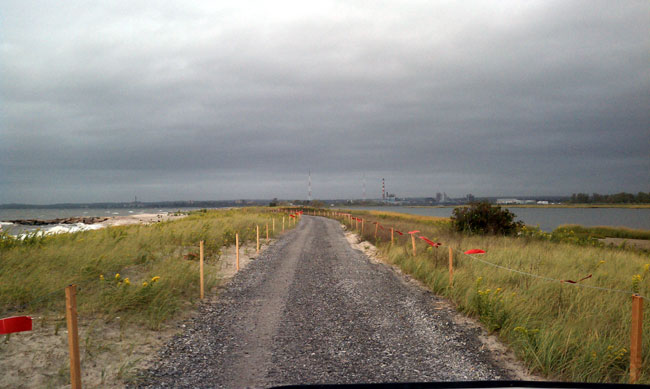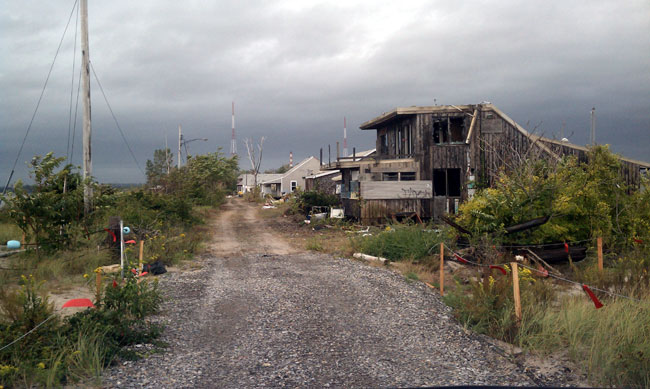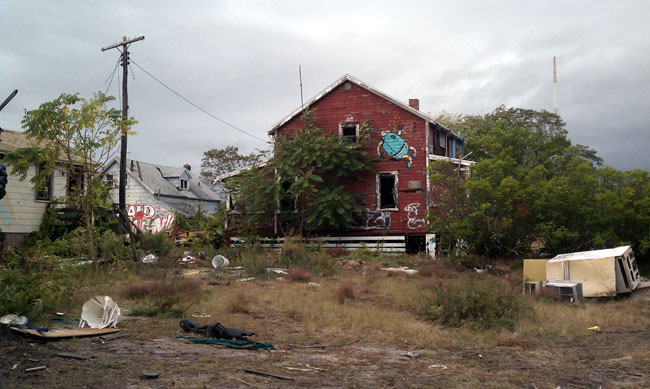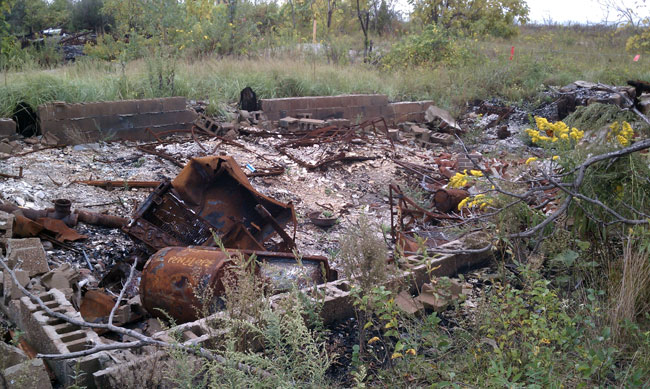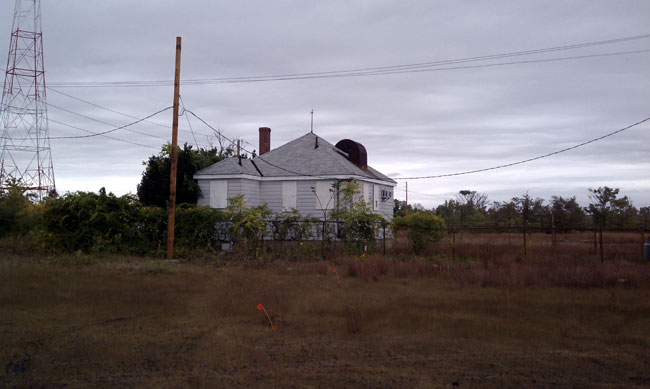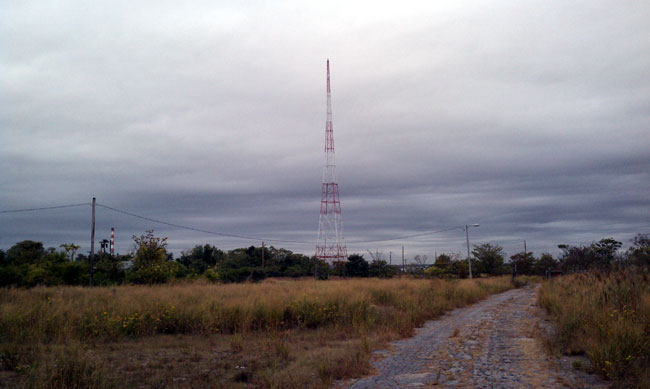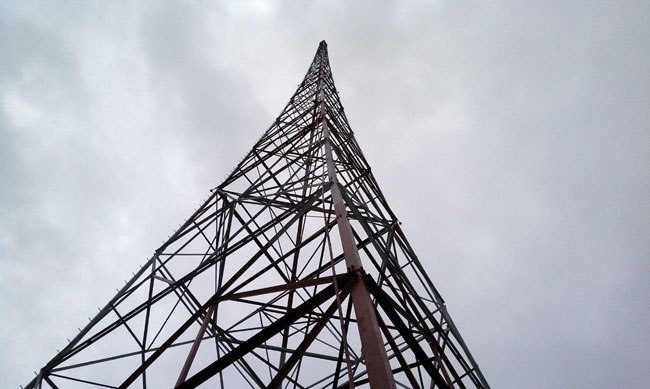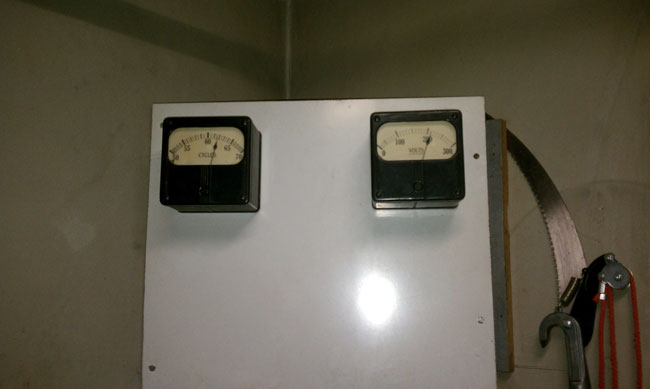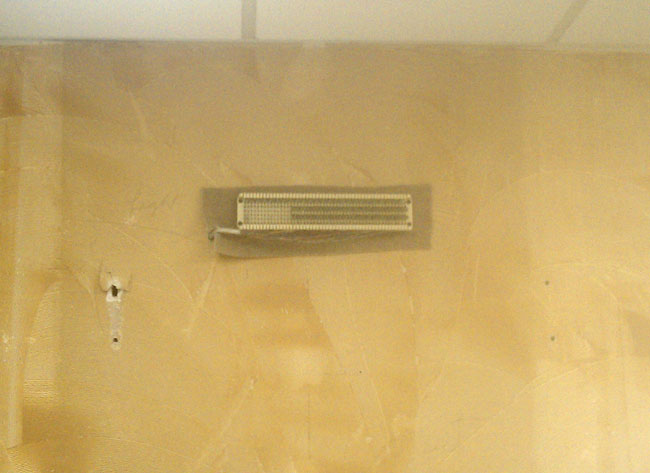Since the FCC started the CAP clock ticking on September 30th, there has been a flurry of activity regarding the manufacture and installation of CAP equipment. CAP is integrated into something called IPAWS, which stands for Integrated Public Alert and Warning System. In other words, CAP is the vehicle that IPAWS uses to get information broadcast through radio, TV, Cable systems, etc. IPAWS encompasses all alert types including cellphone, texting, e-mail, and landline phone calls. Many states, including New York State, already do this. FEMA spells out the reason for IPAWS:
The advent of new media has brought a dramatic shift in the way the public consumes information. IPAWS, as the next generation emergency alert and warning system, capitalizes on multiple electronic media outlets to ensure that the public receives life-saving information during a time of national emergency.
Historically, the public depended exclusively on radio and television to receive alerts, but current research shows that the reach of radio and TV is less than 40% of the populace during the work day. While less than 12% of the population is watching TV in the middle of the night, an even smaller number is tuned into the radio, at 5% of the populace. Television and radio will continue to be valuable sources of public information, but their reach is decreasing. Further, these information sources can only target a state or regional sized area and do not encompass alerting for people who do not speak English or those with disabilities, including the 29 million suffering from hearing impairment.
Today, the internet, including video and email, and cellular and residential phones are increasingly popular and therefore, valuable, sources of information. One study showed that the Internet has a 62% usage rate, averaging at 108 minutes a day. While television remains the most popular source for information, the Internet ranked either first or second at both work and home.
CAP figures into this by acting as a method to move data between IPAWS and EAS. The basic CAP converter polls a CAP server, somewhere, for messages. When a message for a geographic area is received, the CAP converter processes it and converts it to an EAS format, which is then sent via high-level audio to the station’s EAS encoder decoder unit. The EAS unit receives the information and then has the final say (or station personnel if the EAS unit is in manual) as to whether the EAS message gets transmitted.
FEMA will be setting up a national CAP server in the next month or so, expect an announcement from them in November. Each state can also set up a CAP server for state and local government use. This will be implemented on a state-by-state basis. Currently, there is no information on the New York State Emergency Management Office’s (NY SEMO) website, hopefully, they are aware of all of this and will be updating their system shortly.
The CAP converters installed in individual stations will access the CAP servers via secure HTTP connections. They will also be able to download software updates from the manufacturers via the same method.

